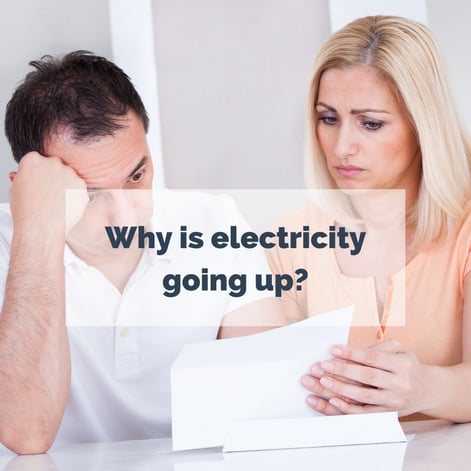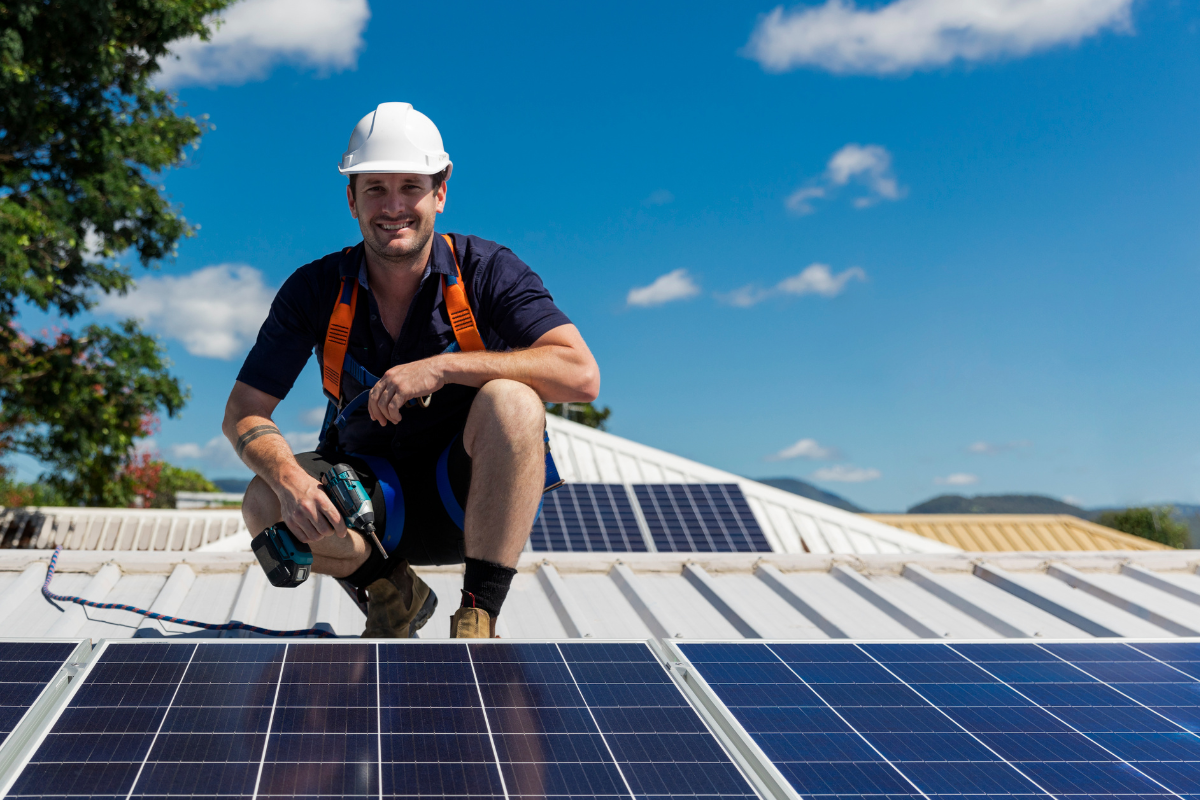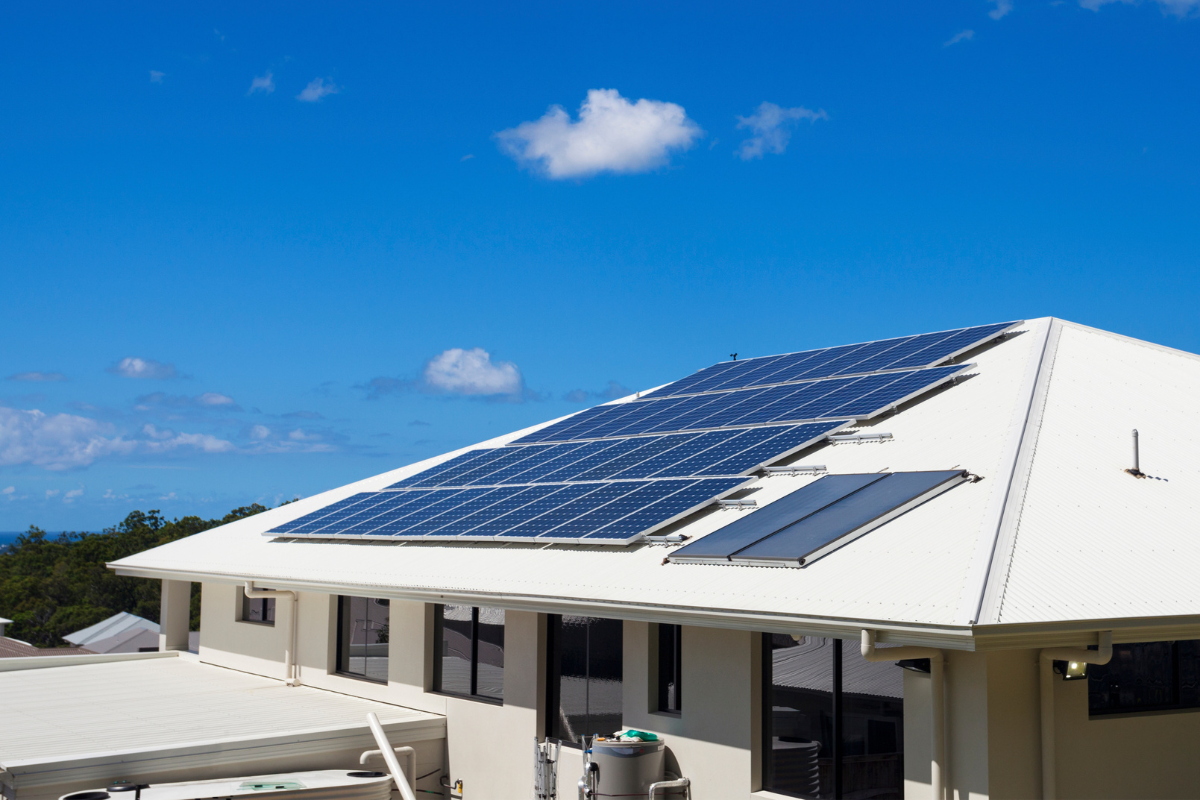Why is electricity going up?

It's official - electricity price increases of up to 25% will be rolling out across Australia on 1 July. At a time when interest and cost of living are at an all-time-high, this is crushing news to many.
While prices vary by retailer, NSW expects an average cost rise of 24%. Victoria is seeing rises as high as 27%, with 25% being the expected average. Queensland, similarly, will see between 19-20% in increases.
But why is electricity going up in Australia?
The short answer is that it's going up as a result of wholesale electricity prices going up. As energy costs more for energy retailers to buy from power stations, they are increasing prices to pass that expense on to you as the end-consumer. By way of analogy - if the cost of flour went up, you'd eventually start needing to pay more for bread from the knock-on effect.
Here's the long answer.
Every electricity bill you receive consists of multiple different charges. The key three include:
1. Wholesale energy costs:
This is the cost coal and gas generator plants charge your energy provider for the electricity they then pass on to you. So your retailer (AGL, EnergyAustralia, Endeavour, Powershop, you name it) buys the electricity from a local power station at wholesale costs.
2. Network costs:
There are costs involved with delivering electricity physically to your door. Companies own and charge for the use of their poles and wires, in the form of transmission lines, electricity poles and transformers.
3. Retail costs:
Finally, there are costs associated with your energy provider's running costs. This includes their ability to providing administrative, customer support, marketing and other functions - as well as to make a profit.
Wholesale energy costs have risen - and so these costs are being passed on to you as the government lifts the "default market offer". The default market offer is the limit energy retailers can charge you for electricity.
What exactly is a "default market offer"?
The default market offer is the maximum amount an energy retailer (an entity like AGL, EnergyAustralia or Origin) can charge its customers on default energy plans. Default energy plans are just any standard plan people fall onto if they didn't negotiate a tailored or special arrangement with their energy retailer. You may have also fallen onto one when a pre-arranged special deal expires.
At least one million Australians are across the four states experiencing electricity price rises will find they are on default energy plans.
Why do default market offers exist?
To protect you. Both federal level and Victorian-specific legislation was introduced to the market when reviews discovered that competition among energy retailers did not in fact reduce power prices for households and something else needed to be done to ensure prices on something as essential as electricity were not at risk of being price-gouged for profit.
However, due to changes in how much energy costs these retailers, the default market rate is being lifted as these added costs are being allowed to be passed on to you - the end consumer.
Regulators will therefore have assessed that because energy retailers are paying more for power, they can charge more for power.
What can be done about it?
“In the longer term, we are getting more renewables in the grid through Rewiring the Nation and the Capacity Investment Scheme, because the cheapest form of energy is firmed renewable energy – and this will take pressure off bills and help shield Australians from volatile international energy prices,” Chris Bowen, the minister for climate change and energy.
Do feed-in tariffs get an increase too?
The changes don’t affect feed-in tariffs paid to owners of solar panels who export excess power to the grid, whose payments depend on their retailer.
To summarise:
- Wholesale electricity prices in the National Electricity Market (NEM) have increased. Wholesale gas prices are also significantly higher than one year ago.
- These higher wholesale prices will be passed through to retail electricity and gas prices for households and businesses. There are also concerns this may further hurt inflation.

